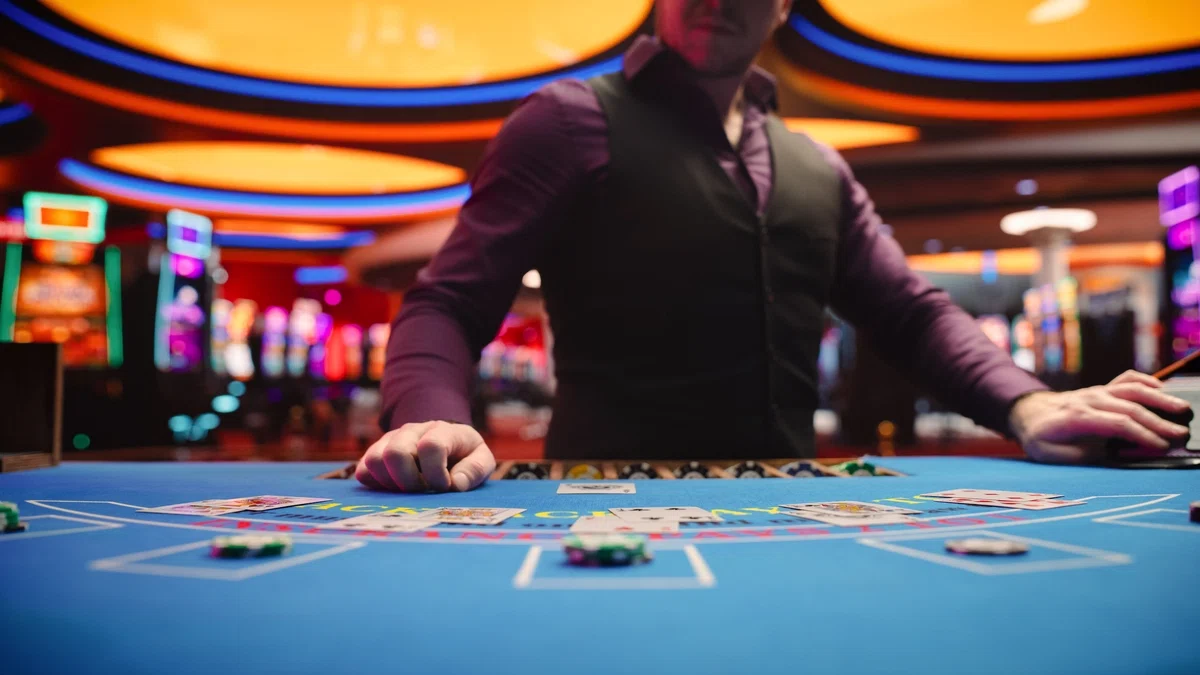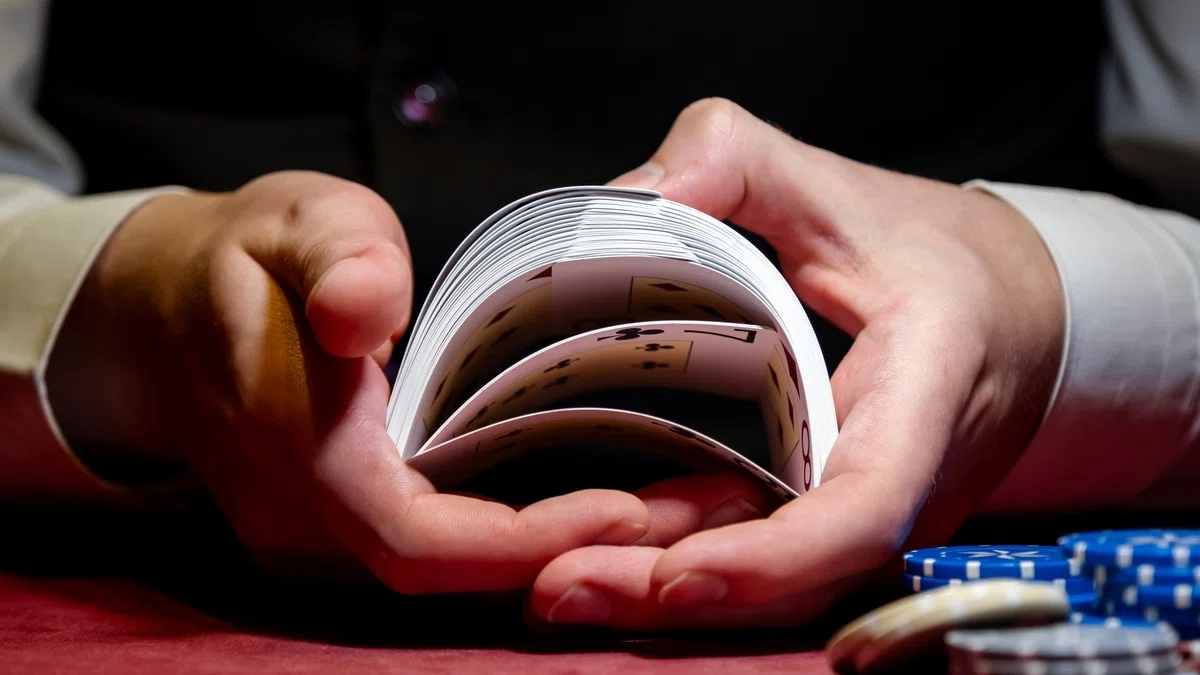Just as its name suggests, classic blackjack is the original version of the 21 game.
It’s called classic to differentiate it from variants like Atlantic City Blackjack, which include modern tweaks such as the surrender rule.
Classic blackjack is the most frequently played form of blackjack in the world, so it’s a good place to start learning the game.
Let’s do that now.
What is Classic Blackjack?
It can be hard to define the original blackjack because it depends what decade you’re playing it in.
When learning how to play classic blackjack, it’s best to think of it as a version untouched by experimentation. It’s likely the first rule set you’ll learn, especially if you’re playing at home with friends and a physical pack of cards.
You can also consider classic blackjack the closest to the game with origins in the 18th century, in France.
Related Posts:
How to Play Classic Blackjack
Played at a land casino or online casino, classic blackjack makes use of eight standard decks – 416 cards. These are shuffled before each game. Both the player and the dealer compete to see who can get the closest to a value of 21 without going over (“bust”).
There’s always a limit to how far the dealer is allowed to go. In blackjack classic, the dealer must “hit” (get a new card) on every hand with a value of less than 16 and on a 17 with an ace (a soft 17). With hands worth more, they must “stand” or wait to see what cards the player has. This rule is written on the felt.
The goal of blackjack is not necessarily to get to 21 – that’s an ideal outcome, like the jackpot in slots. The objective is to beat the dealer’s hand. This is achievable even with low-value cards. It’s a small but important distinction.
An Example of a Classic Blackjack Game
To start classic blackjack, all players place a play. Each then receives a card, dealt face up. The dealer places their own card face down. This action is repeated a second time, with one exception – the dealer’s second card is face up, visible to everyone at the table.
With that out of the way, each player has a decision to make based on the strength of their hand. They can hit or stand, for example (there are some more advanced moves, too, like splitting and doubling). An ace can count as either 1 or 11. It depends on which benefits the player most.
Remember, the dealer has a maximum threshold for hitting, but players can receive as many cards as they wish. A side play known as a 7 Card Charlie suggests it’s theoretically possible to draw seven cards in a hand without going bust.
Blackjack wins at 3:2. Any other win is claimed at 1:1 (even).

General Considerations
For a casual player, there’s no right or wrong way to approach the classic blackjack game. However, more experienced players might argue that there is a wrong way to play blackjack, and it can actually increase the casino’s edge against you.
This is where basic strategy charts come in: a mathematically-solid way to make the best moves with any given hand. It doesn’t guarantee success, but it can optimise the way you play.
Alternatives to Classic Blackjack
If you’re looking to spice up your game, there are some blackjack variations that you can try:
- European Blackjack: Played with 2 decks and the dealer doesn’t take their second card until you’ve played your hand.
- Vegas Strip Blackjack: Played with 4 decks. Dealer will always stand on soft 17 and can check for blackjack right away with Ace or 10 card.
- Atlantic City Blackjack: Played with 8 decks. Dealer stands on soft 17, you can double down on any card value and after splitting, plus surrender late.
- Single Deck Blackjack: Played with a single deck, and has different odds.
- Spanish 21 Blackjack: Played with 6-8 48-card decks, as they don’t include number 10 cards.
- Blackjack Switch: In this one, you get two hands instead of one and you can swap the second card between each hand.
Conclusion
It’s not just your grandpa’s blackjack, it’s the most popular way to experience 21. It’s a great way to learn and a fun thing to master.
Try blackjack online at McLuck.com with the help of this and other social casino guides on our blog!

